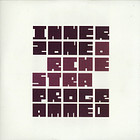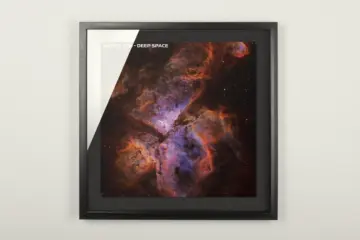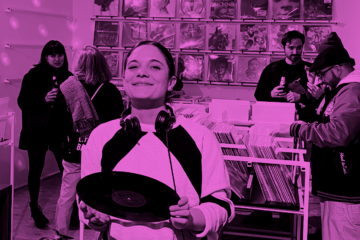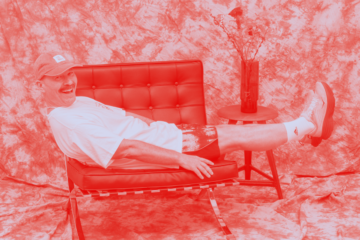Twenty-five years ago, the world looked different and seemingly more orderly. When Detroit producer Carl Craig released »Programmed« with his Innerzone Orchestra project, people were astonished. Besides Craig, the album features pianist Craig Taborn, drummer Francisco Mora and other ›real‹ musicians. You can hear it on the album. In addition to Craig’s electronic sounds, drums are played, keys are hammered, strings are plucked, even brass is played.

Programmed
»Is this still techno?« asked some listeners who wanted to find the right box to put it into at the time. Carl Craig commented on this in an interview just this spring: »In the nineties, people who were into techno had this idea that there always had to be an 808, a 909 and a 303. When Miles Davis started putting a wah-wah pedal on his trumpet, people went crazy and said that wasn’t jazz, and I experience the same thing when I go on stage with Francisco Mora, who plays live drums. They say it’s not techno because there’s no 808 or 909.
A little chaos is a must
Carl Craig himself studied guitar, double bass and drums and played in bands and school orchestras. Nothing to be ashamed of. Craig probably didn’t think so either. Criticism of the use of classical instruments within a techno design did exist, but it came from another side, even into the late 2000s: The writer and musician Thomas Meinecke, for example, repeatedly criticised the album for not being »programmed« at all, contrary to what the title suggests. One could argue that this is very much the case with Carl Craig’s contributions or those of his guest, Richie Hawtin. But even if it had all been painstakingly crafted by hand, the music would probably not have had a problem with it.
Listening to it again, »Programmed« sounds like the start of a serious loosening up session. It is quite conceivable that musicians like Kieran Hebden later drew inspiration from this album. Craig’s musical design on »Programmed« fits club music as well as hip-hop, fusion or R&B. The future is still there, even if with a little scepticism. Dutch producer Steve Rachmad proclaims futuristically in Dutch on »Manufactured Memories« that they come from another galaxy, while Craig’s synthesisers go crazy before the other musicians join in with their own groove.
Listening to it again, »Programmed« sounds like the start of a serious loosening up session. It is quite conceivable that musicians like Kieran Hebden later drew inspiration from this album.
No less free is the rapper Terrell McMathis under his alias Lacksi-Daisy-Cal with his extended rhymes on »The Beginning of the End«, underlined by Craig with a far from rigid beat. On the whole, the hustle and bustle is the driving force of the album. On some tracks more in the sense of a modified swing, on others more concentrated, up to the rather note-faithful cover of »People Make the World Go Round« by the Stylistics, interpreted by Detroit singer Paul Randolph. Stylistically, it is certainly the most conventional track on the album. But taken as a whole, it’s just another facet of the album, not a foreign body. The same goes for Craig’s instrumental reworking of his classic »Bug in the Bassbin«. The question of what this thing really is could be answered by: It’s techno. It’s jazz. It has brought disorder to a genre. It’s a huge achievement.









